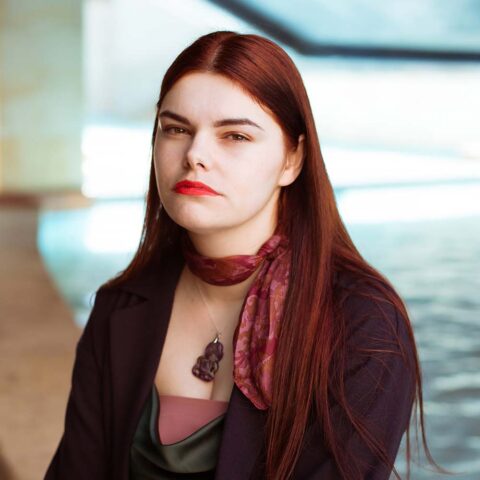Inspired by The Collective, joint art-buying groups are a supportive community for those who want to explore and enjoy the art market.
“Art is to the community what the dream is to the individual,” wrote novelist and social critic Thomas Mann.
Buying art as part of a group not only pools the resources needed to afford brilliant, new artwork but brings together new points of view that will expand the group’s understanding and appreciation of art as they rotate the collections around their homes. It is also a way to support creative talent at a time when the arts are vulnerable to the financial challenges that come with living through a global pandemic.
Founded in 2002 in London, The Collective helps a growing network of groups collecting and enjoying contemporary art. When starting a new group, they suggest finding five to 10 households of family, friends and those with a common interest. The group should agree to pay a regular sum into a buying fund to purchase new works. (The original group each contributed around $100 monthly.) The works displayed in each household should be rotated after an agreed period.
How to start
The new group should meet together to iron out details. For example, the original Collective group has a rule that works must be purchased based on quality, not potential profit. A treasurer can be appointed, and a joint or group bank account opened. After that, most administration can be tackled via email, with the odd responsibilities rotated, just like the art.
How to buy
There are several ways that the group can come together and buy works. Sometimes a buying panel of three or four members is chosen to do the research, including seeking advice from artists and gallerists. Often a new buying panel will be elected for each new purchase, to ensure everyone has input. It can help if the group sets a limit on the amount that the panel can spend and a time period in which to do so.
How to swap
When it’s time, the swapping of artworks around the homes can be a social occasion or a chance for a meeting to see how the group is progressing. While some members may not like a new artwork at first, The Collective has found that art can often grow on members over time – this is a chance to try out something new and challenge your appreciation of art.
Protecting the art
Safety in numbers does not absolve the individual art group members from protecting the works. Advice on how to display individual artworks should be sought from the artist or gallery. Artworks should be insured. This can be done through adequate household insurance. To ensure there are no slip-ups, the group can ask that members provide evidence of cover before artworks are allocated to their homes.
The legal stuff
Legally, there should be a document members sign, agreeing to their arrangement and part ownership. It should also include what to do should anyone wish to leave the group later on.
Selling the artworks
Over time, an artwork may grow on a member and they might want to own it outright. In this case, there will need to be a mutual agreement from the group to sell it to the member. Similarly, if the group decides to sell an artwork, they must all agree and offer members the chance to buy the work before putting it on the market. To make things easy, The Collective recommends that each member is supplied with a copy of the invoice with a statement of the member’s proportionate share in the artwork every time a work is purchased or sold.








